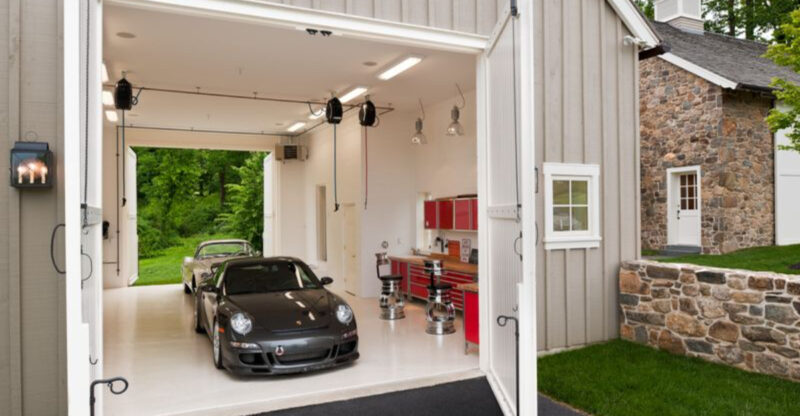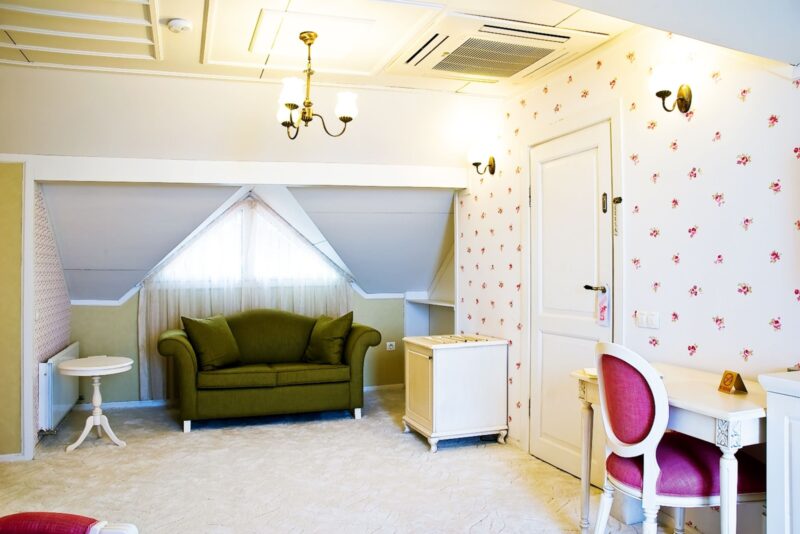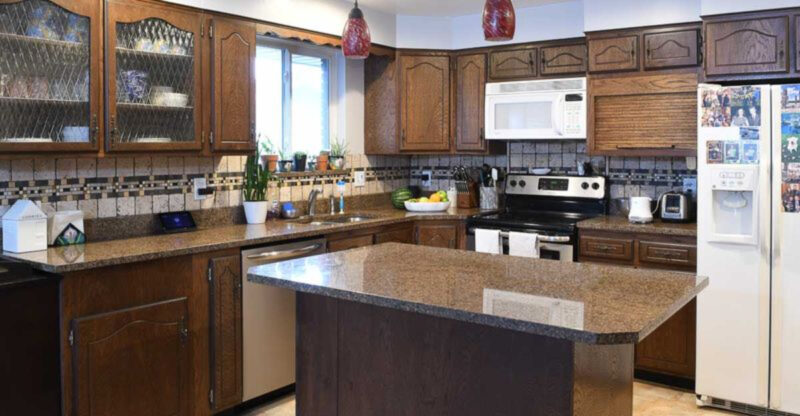13 Home Repairs You’re Not Legally Allowed To Do Yourself
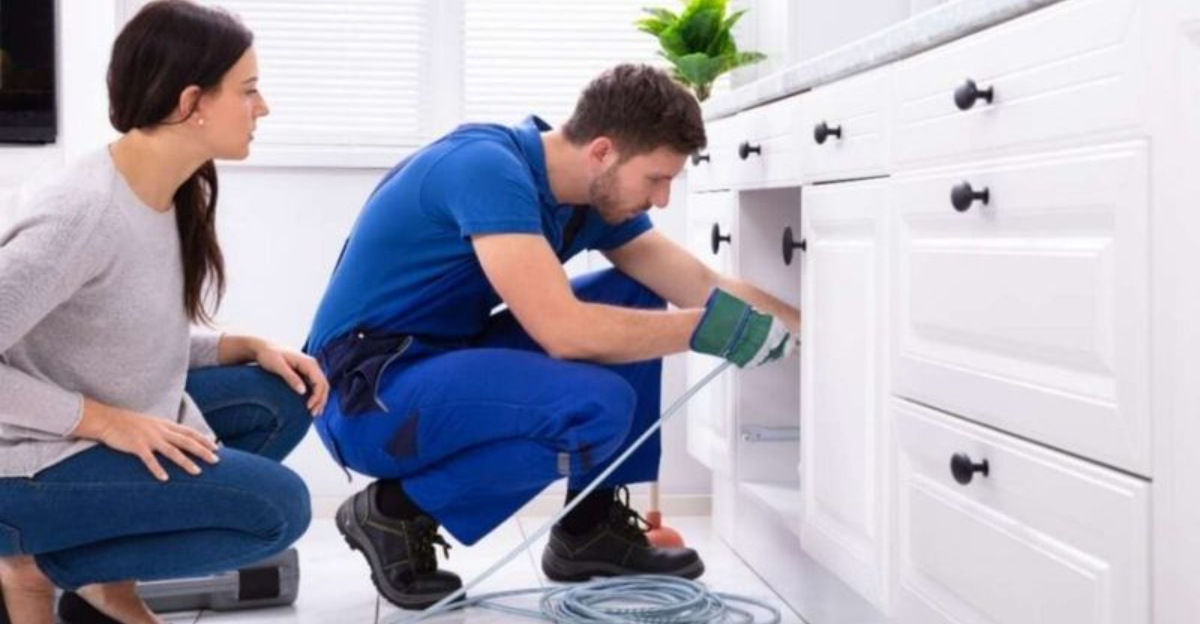
Ever grab your toolbox, feeling like a DIY superhero, only to discover some home repairs are actually off-limits?
Many homeowners don’t realize certain projects require professional licenses or permits by law.
Tackling these forbidden fixes yourself could result in fines, insurance problems, or even dangerous situations for your family. Let’s explore which repairs you should leave to the pros.
1. Electrical Panel Work
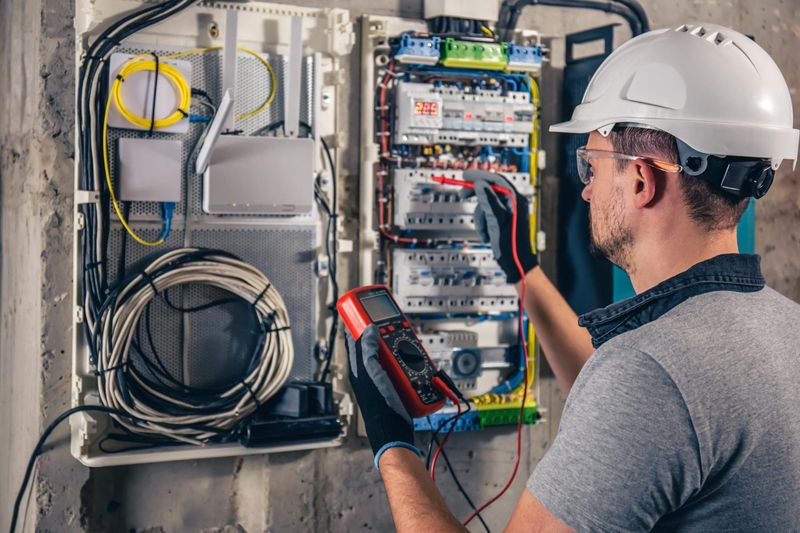
Working on your main electrical panel isn’t just dangerous it’s illegal in most places without proper licensing. The risk of electrocution or starting a house fire makes this a no-go zone for weekend warriors.
Professional electricians undergo years of training and certification to safely handle these high-voltage components. They understand complex electrical codes that vary by location and ensure your home remains up to standard.
If you need a panel upgrade or repairs, hire a licensed electrician. The permit process they’ll handle also ensures your insurance remains valid DIY electrical work can void your homeowner’s policy if something goes wrong.
2. Gas Line Repairs
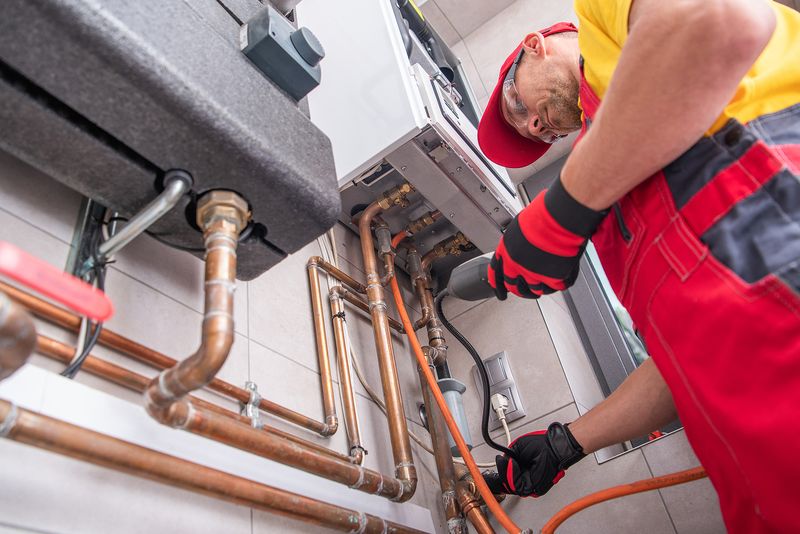
Messing with gas lines tops the list of repairs you should never attempt yourself. Natural gas and propane systems require specialized knowledge to prevent deadly leaks or explosions that could destroy your home in seconds.
Licensed plumbers or gas fitters must perform all gas line installations, modifications, or repairs according to strict building codes. They use proper materials, testing equipment, and understand ventilation requirements to keep your family safe.
Even small tasks like connecting a gas stove or dryer require professional handling in most jurisdictions. The permits professionals pull also protect you legally and ensure your insurance remains valid should anything happen.
3. Asbestos Removal
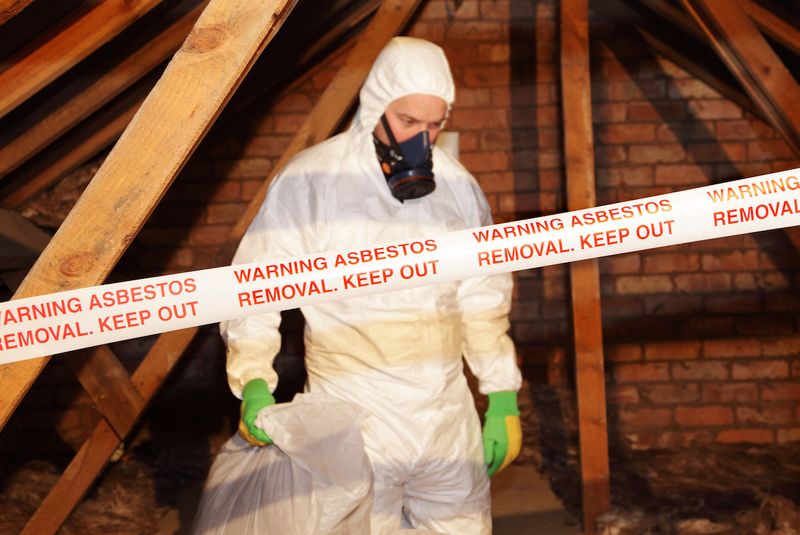
Found in many older homes, asbestos becomes extremely dangerous when disturbed, releasing microscopic fibers that cause serious lung diseases. DIY removal is both illegal and potentially deadly.
Federal and state regulations strictly control asbestos handling, requiring special training, equipment, and disposal procedures. Certified asbestos removal specialists follow complex containment protocols to prevent contamination throughout your home.
They also handle the legally required testing and documentation. Improper removal can lead to hefty fines, health department violations, and disclosure issues when selling your home. Never attempt to remove suspicious materials yourself even small projects like removing old floor tiles or pipe insulation require professional assessment.
4. Roof Replacement
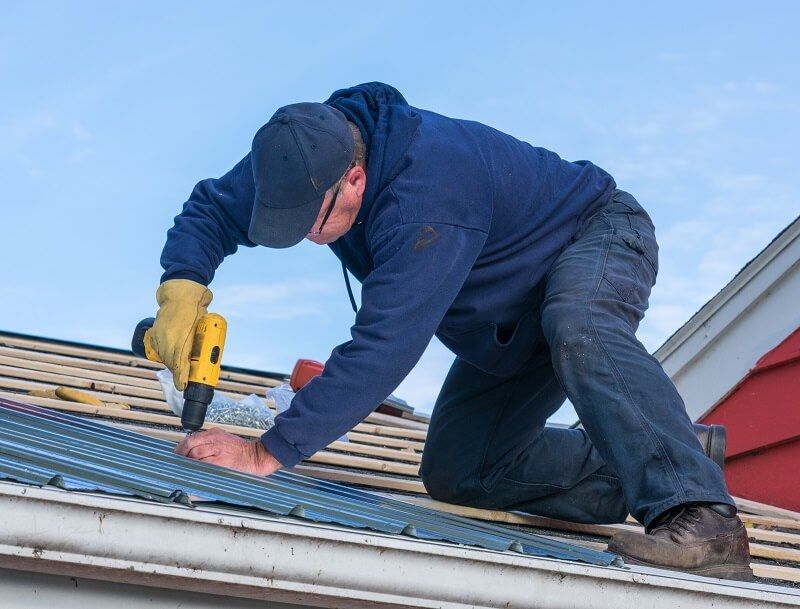
While minor roof repairs might be DIY-friendly, complete replacements typically require permits and professional installation. Many jurisdictions have specific codes governing roofing materials, attachment methods, and underlayment requirements.
Professional roofers understand local weather conditions and building codes that affect installation techniques. They’re also insured against accidents, which is crucial considering the height risks involved. Without proper licensing, your new roof might fail inspection or cause insurance problems.
Most roofing manufacturers also void warranties on materials installed by unlicensed individuals. The structural importance of your roof to your entire home makes this one project worth leaving to professionals who can guarantee their work meets all legal requirements.
5. Structural Changes
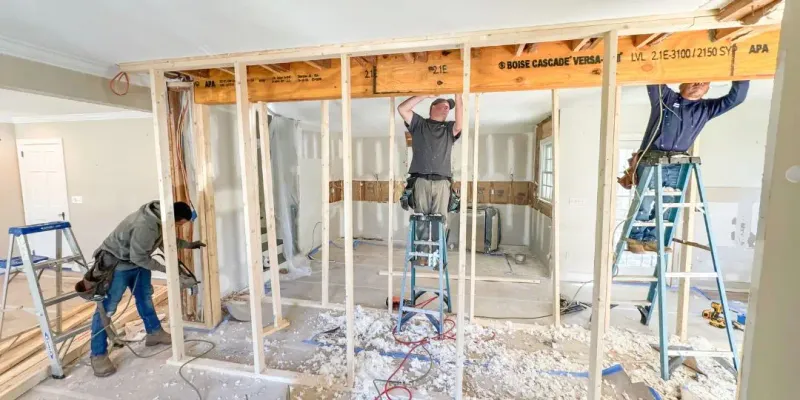
Knocking out walls or adding rooms might seem straightforward, but structural modifications require engineering knowledge, permits, and professional oversight. These changes affect your home’s integrity and safety.
Engineers must evaluate how modifications impact load distribution throughout your house. Without proper assessment, you risk catastrophic structural failure. Building departments require detailed plans, inspections, and proof that work meets current building codes.
Professional contractors navigate this complex process, ensuring proper support during construction phases. DIY structural changes can lead to dangerous conditions, code violations, and major problems when selling your home. Unpermitted structural work might even force you to remove modifications entirely if discovered during inspections.
6. Sewer Line Fixes
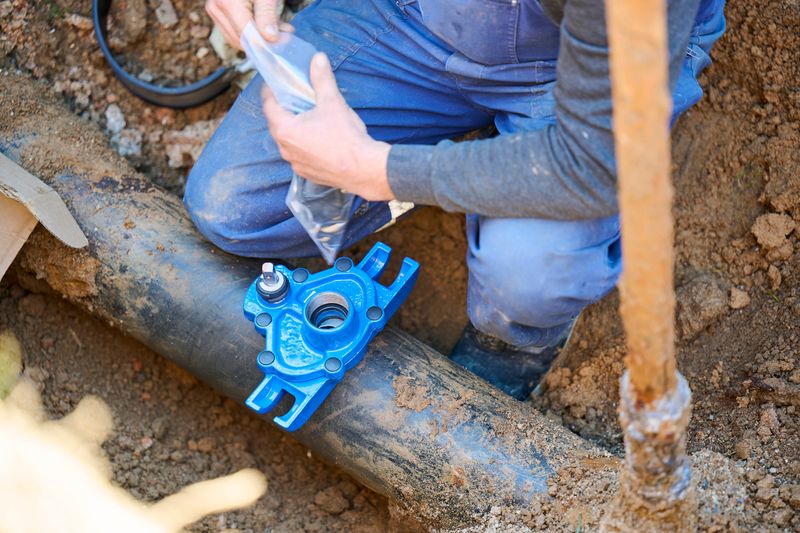
Sewer line repairs often extend beyond your property onto public land, making DIY work illegal in most areas. These systems connect to municipal infrastructure governed by strict regulations to prevent contamination and public health hazards.
Licensed plumbers understand the permits required and coordinate with local utilities before digging. They’re trained to work safely around other buried services like gas, water, and electrical lines. Many municipalities also require specific materials and installation methods that only professionals know.
Beyond legality, professional equipment makes a difference. Contractors use specialized cameras, hydro-jetters, and trenchless technology that homeowners simply can’t access. Improper sewer work can lead to backups, environmental contamination, and expensive emergency repairs.
7. Load-Bearing Wall Removal
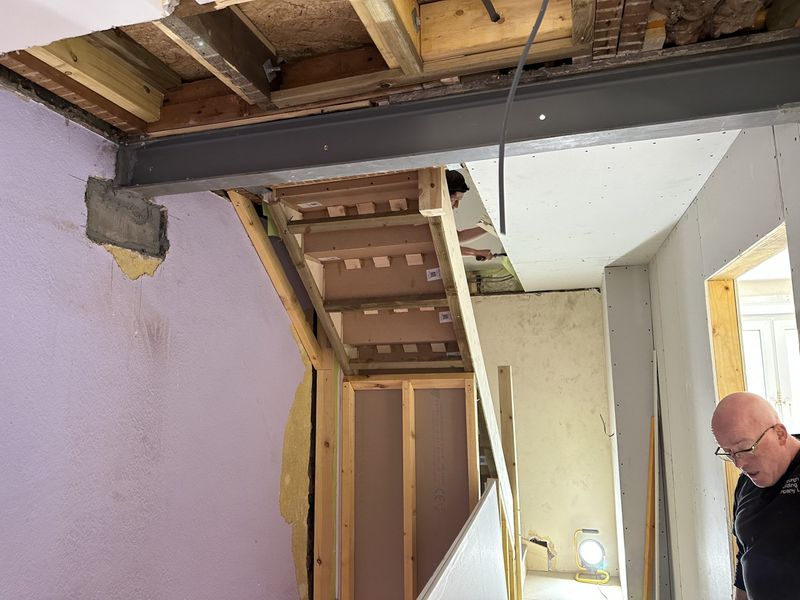
That wall you’re eyeing might be holding up your entire house! Removing load-bearing walls without proper engineering is not just illegal it’s incredibly dangerous and could lead to catastrophic collapse.
Structural engineers must evaluate your home’s design and calculate proper support alternatives before removal begins. The process requires detailed plans, permits, and multiple inspections throughout the project. Professional contractors understand how to install temporary supports during construction to prevent shifting or settling.
Cities take these modifications seriously because failures endanger not just your family but neighbors too. DIY attempts frequently result in sagging ceilings, cracked foundations, and doors that won’t close properly. The structural integrity of your entire home depends on proper execution of these challenging projects.
8. HVAC Installation
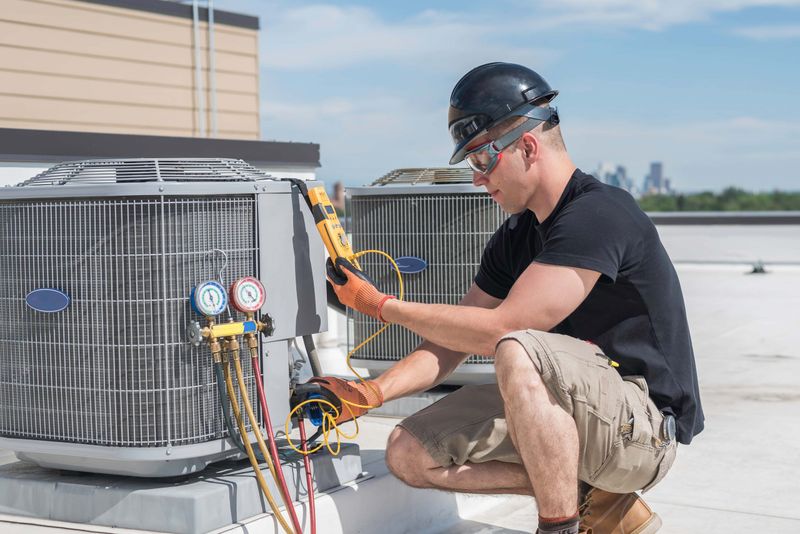
Installing a new heating or cooling system involves complex electrical, mechanical, and sometimes gas connections that require professional licensing in most states. Improper installation can create fire hazards, carbon monoxide dangers, or efficiency problems.
HVAC professionals calculate proper system sizing based on your home’s specific needs. They understand refrigerant handling regulations it’s actually illegal for non-certified individuals to purchase or work with many refrigerants. The permitting process ensures your system meets energy codes and safety standards.
Professional installation also protects manufacturer warranties, which typically become void with DIY installation. While maintenance tasks like filter changes are fine for homeowners, the initial installation must be handled by licensed professionals who understand the intricate requirements of modern HVAC systems.
9. Water Heater Swap
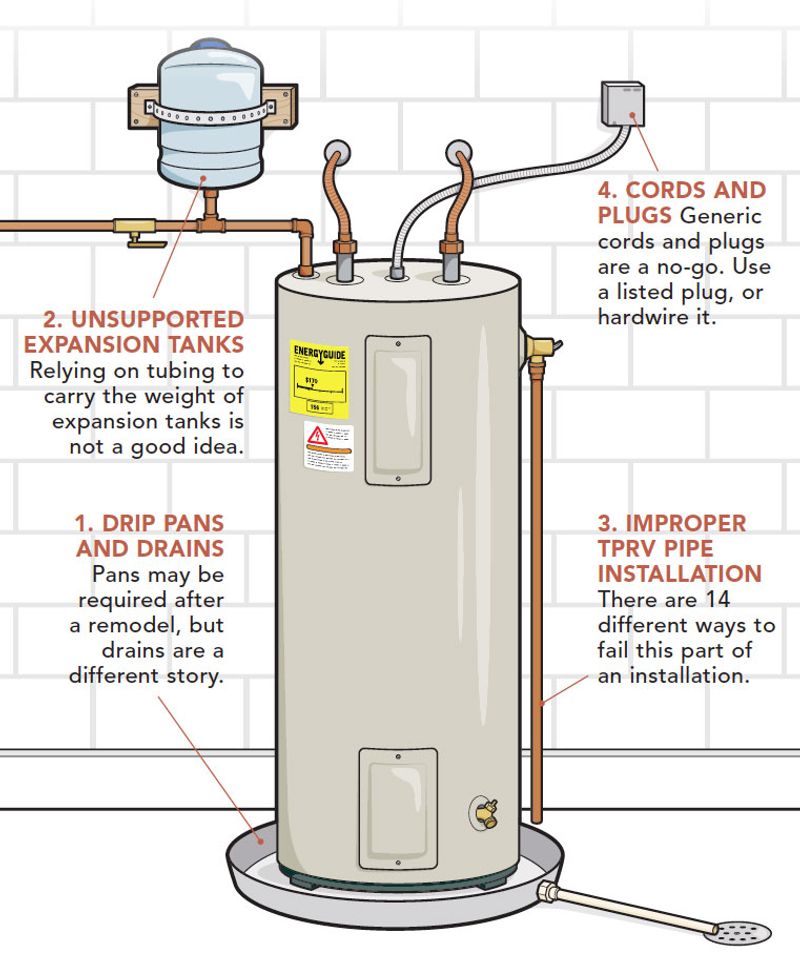
Replacing your water heater involves gas connections, electrical work, and plumbing modifications that require permits and professional installation in most jurisdictions. Modern units must meet strict energy efficiency codes and safety standards.
Professional plumbers ensure proper venting to prevent carbon monoxide buildup with gas heaters. They install required pressure relief valves and expansion tanks to prevent dangerous pressure situations. Electrical connections must meet specific codes to prevent fire hazards.
Improper installation can lead to explosive pressure buildup, gas leaks, or electrical fires. Beyond safety concerns, many insurance companies won’t cover damage resulting from DIY water heater installations. The relatively modest cost of professional installation provides peace of mind and legal compliance worth every penny.
10. Septic System Work
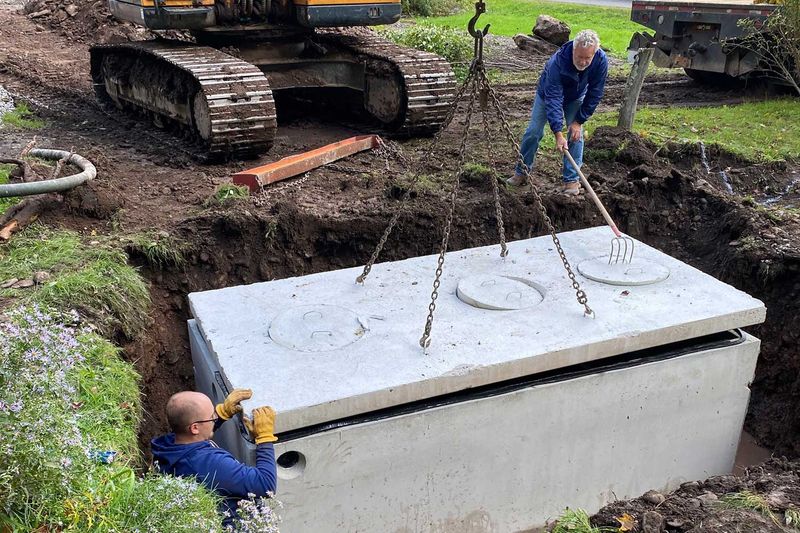
Septic systems fall under strict environmental regulations because failures can contaminate groundwater and spread disease. DIY installation or major repairs are illegal virtually everywhere in the United States.
Professional septic contractors work with soil engineers to test percolation rates and determine proper system sizing. They understand setback requirements from wells, property lines, and water bodies. The permitting process involves multiple inspections throughout installation to verify proper materials and techniques.
Beyond installation, even significant repairs require permits and professional oversight. Improper septic work can lead to system failures, property damage, and environmental hazards that might force you to completely replace the system. The specialized equipment and knowledge required make this one project that should always remain in professional hands.
11. Window Egress Mods
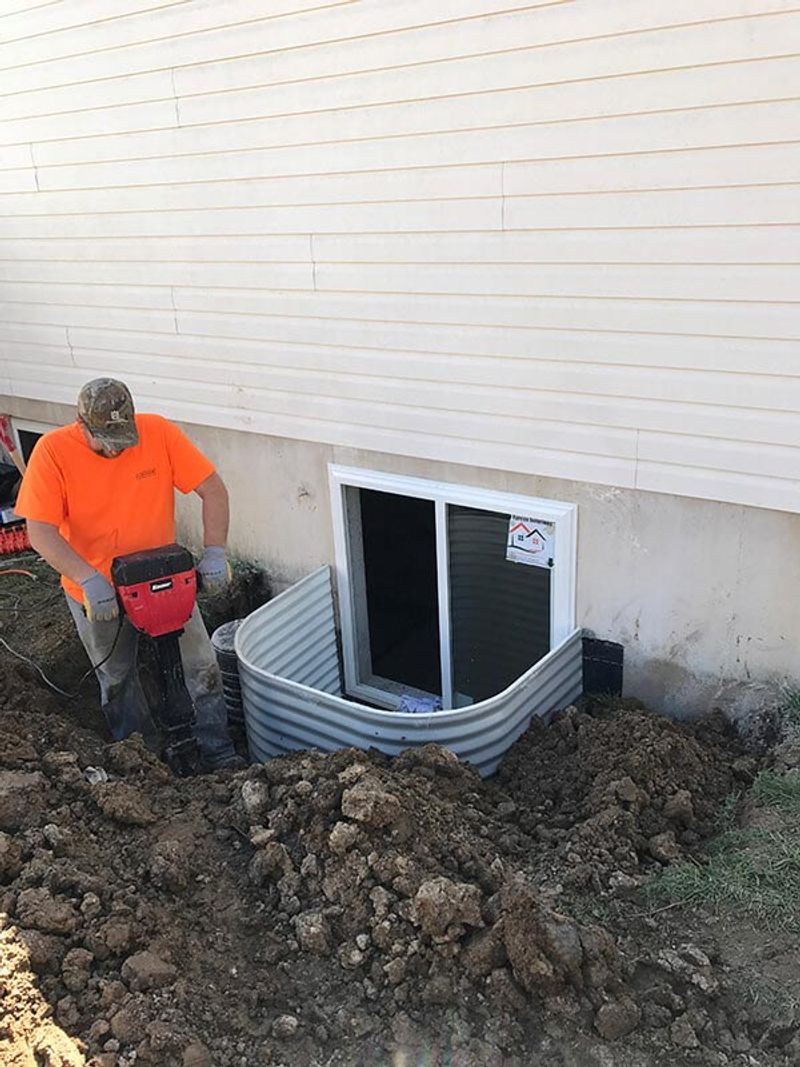
Bedroom windows must meet specific size requirements to serve as emergency exits during fires. Modifying these egress windows involves structural changes that typically require permits and professional installation.
Building codes specify minimum opening sizes, maximum sill heights, and proper window well dimensions for basement egress. These requirements vary by location but are strictly enforced because they directly impact life safety. Professional window installers understand these complex regulations.
Beyond permitting, proper installation prevents water intrusion that could damage your home’s structure. Cutting existing walls requires knowledge of load paths and proper header installation. DIY egress modifications often fail inspections, requiring expensive corrections. Since these windows could literally save your family’s lives during an emergency, professional installation provides crucial peace of mind.
12. Fire System Installs
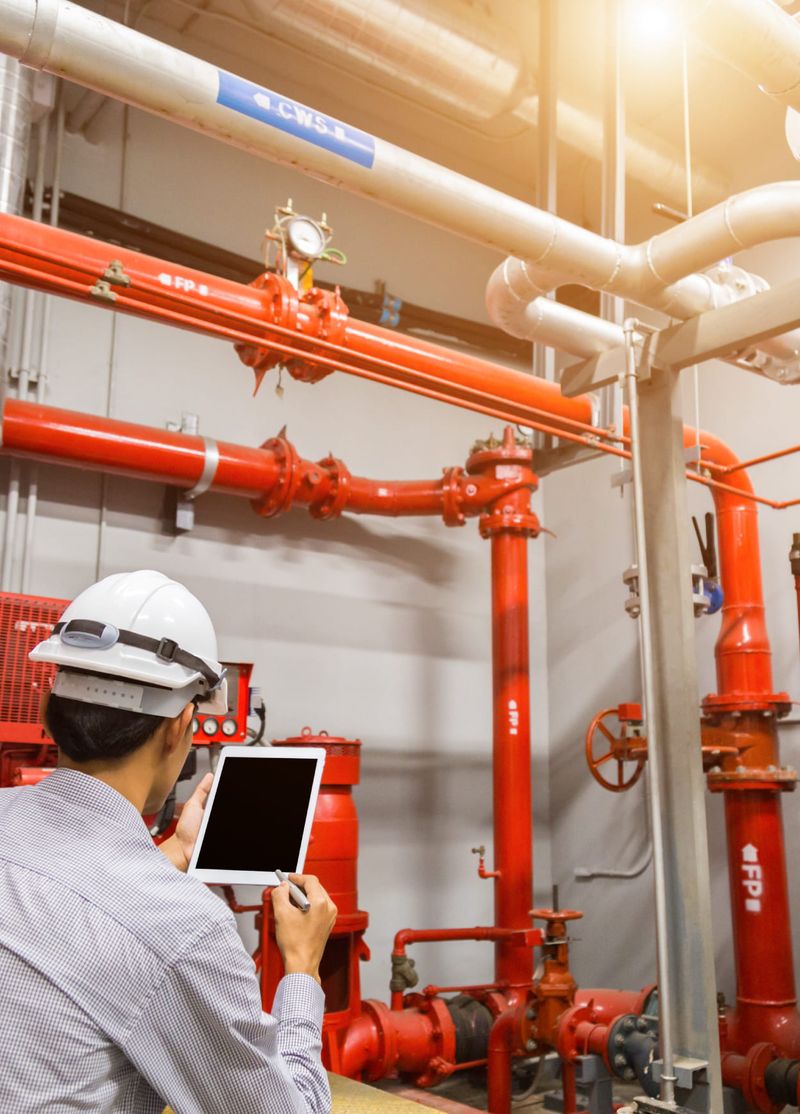
Fire suppression systems require specialized knowledge of hydraulics, electrical connections, and life safety codes that vary by jurisdiction. DIY installation of sprinkler systems or commercial-grade alarm systems is prohibited virtually everywhere.
Licensed fire protection contractors understand water supply requirements, proper head placement, and integration with alarm systems. They coordinate with building departments for required inspections throughout the installation process. These systems must function perfectly during emergencies there’s no room for error.
Many insurance companies offer significant discounts for professionally installed systems but may deny claims for DIY installations that fail. Even smaller components like hard-wired smoke detectors often require electrical permits and professional installation in many jurisdictions. The life-saving nature of these systems makes professional installation absolutely essential.
13. Major Plumbing Jobs
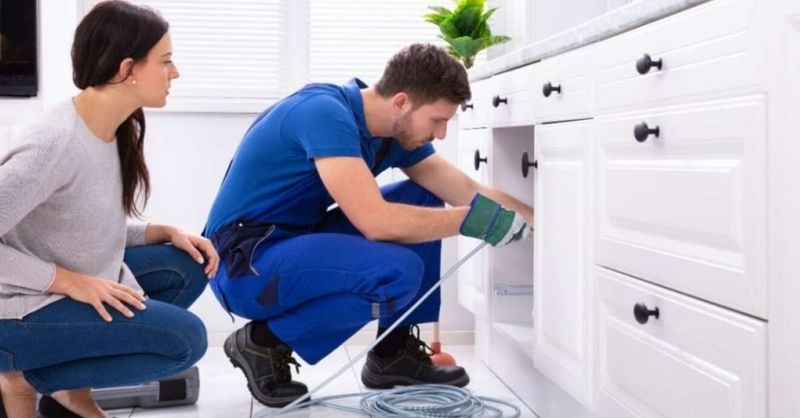
Significant plumbing modifications like relocating bathrooms or adding new supply lines typically require permits and professional installation. These systems must meet specific code requirements for pipe sizing, venting, and drainage slopes.
Licensed plumbers understand backflow prevention requirements and proper materials for different applications. They’re familiar with local codes that might specify particular installation methods or materials. Without proper knowledge, DIY plumbing can lead to contaminated water, sewer gas intrusion, or catastrophic leaks.
Professional plumbers also coordinate required inspections at various stages of the project. While minor repairs like fixing a leaky faucet are DIY-friendly, major changes to your home’s plumbing system should be left to licensed professionals. The potential for water damage, mold growth, and health hazards makes proper installation crucial.




